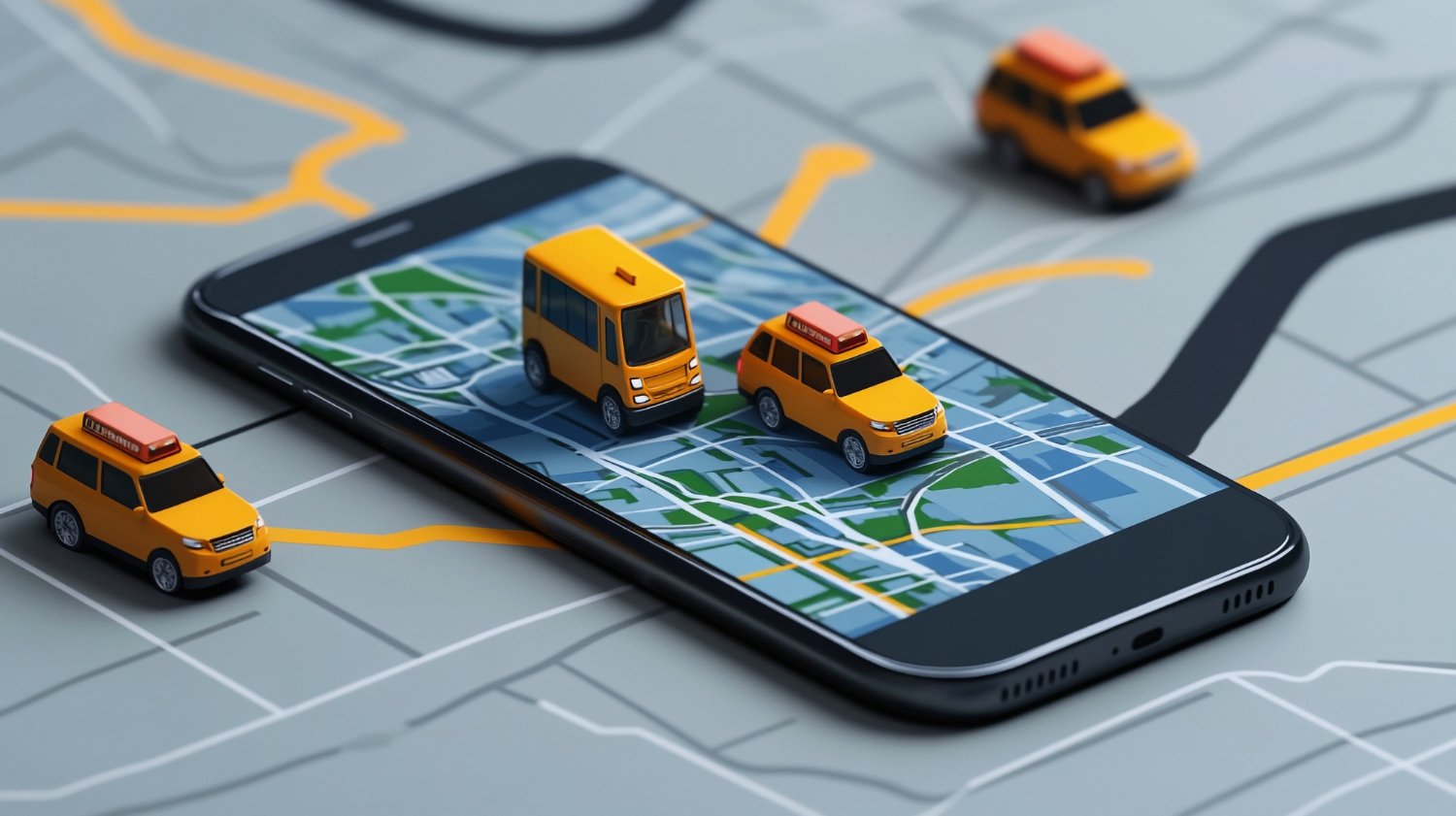Technology plays a transformative role in shaping the on-demand economy, with Uber clone at the forefront of this revolution. These apps replicate the features of Uber while offering flexibility for customization, making them ideal for businesses seeking to enter the ride-hailing or broader on-demand market. In this blog, we’ll explore how technology drives Uber clone development, the key innovations that make these apps successful, and what to consider for a tech-forward solution.
Understanding Uber Clone Development
An Uber clone app is a ready-made solution that mimics Uber’s core functionalities, such as real-time tracking, booking, and payment integration. However, its true potential lies in how technology enhances these features, offering scalability, efficiency, and seamless user experiences. Businesses can use these solutions to target niche markets or expand into broader on-demand services.
Core Technologies in Uber Clone App Development
1. GPS and Mapping
- Real-Time Tracking: GPS technology ensures users can track drivers and vice versa, enhancing trust and convenience.
- Route Optimization: Advanced mapping APIs like Google Maps or Mapbox help drivers find the shortest and most efficient routes, reducing travel time and fuel costs.
- Geofencing: This feature defines service boundaries and sends alerts when a driver enters or leaves a predefined area.
2. Cloud Computing
- Cloud infrastructure is essential for storing and processing vast amounts of data.
- It ensures app scalability, enabling the platform to handle an increasing number of users without compromising performance.
- Real-time syncing between users, drivers, and the admin panel is made seamless with cloud services like AWS or Microsoft Azure.
3. Payment Gateway Integration
- A secure and diverse payment system is critical for user satisfaction.
- Technologies like Stripe, PayPal, and Razorpay allow users to pay via multiple methods, including credit cards, wallets, or UPI.
- Advanced encryption ensures payment data is secure.
4. Artificial Intelligence (AI) and Machine Learning (ML)
- Ride Matching: AI-driven algorithms efficiently pair users with the nearest available drivers, reducing wait times.
- Dynamic Pricing: ML models analyze demand patterns and adjust pricing in real-time during peak hours.
- Predictive Analytics: Businesses can forecast trends and improve decision-making by analyzing user behavior and trip data.
5. Internet of Things (IoT)
- IoT devices, such as vehicle trackers and sensors, improve operational efficiency.
- They enable real-time vehicle diagnostics, ensuring driver safety and reducing maintenance costs.
6. Blockchain Technology
- Blockchain enhances security by ensuring transparent payment transactions.
- It also simplifies driver and rider identity verification processes, reducing fraud.
Advanced Features Enabled by Technology
1. Multi-Language and Currency Support
With globalization in mind, Uber clone apps are designed to operate in various regions by offering multi-language interfaces and multiple currency options.
2. In-App Chat and Call Features
Using VoIP (Voice over Internet Protocol), users and drivers can communicate directly within the app, ensuring privacy and convenience.
3. Push Notifications
Technologies like Firebase are used to send real-time updates about ride status, offers, or alerts, keeping users engaged.
4. Ratings and Reviews
AI moderates feedback to detect fake reviews, ensuring that only genuine feedback impacts the service quality.
5. Heat Maps
Heat maps provide insights into high-demand areas, helping drivers optimize their time and businesses allocate resources efficiently.
Challenges in Technology Implementation
1. Data Security
- Protecting user data is a top priority.
- Developers must integrate secure protocols like SSL certificates and end-to-end encryption to prevent breaches.
2. Scalability
- Ensuring the app performs well during peak usage requires robust backend architecture.
- Load testing during development helps predict and mitigate performance bottlenecks.
3. Integration Complexity
- Seamlessly integrating third-party APIs for mapping, payment, or analytics can be complex.
- Choosing reliable APIs and experienced developers can reduce this challenge.
4. Cost of Advanced Technologies
- AI, IoT, and blockchain implementation can increase development costs.
- Businesses should balance feature richness with budget constraints.
How to Build a Technology-Driven Uber Clone App
Step 1: Define Your Requirements
Identify the core features you need and the target audience. This helps determine the technology stack.
Step 2: Choose the Right Tech Stack
- Frontend: Use modern frameworks like React Native or Flutter for cross-platform compatibility.
- Backend: Opt for scalable frameworks like Node.js or Django.
- Database: Use MongoDB, MySQL, or PostgreSQL for secure and efficient data storage.
Step 3: Develop MVP (Minimum Viable Product)
Focus on essential features like booking, tracking, and payments to test market response.
Step 4: Test and Optimize
Conduct rigorous testing for performance, security, and user experience before launch.
Step 5: Post-Launch Maintenance
Regularly update the app with new features and bug fixes to keep it relevant.
Emerging Trends in Uber Clone Development
1. Sustainability Features
- Integrating electric vehicle (EV) options and carbon footprint calculators appeal to eco-conscious users.
2. AI-Powered Chatbots
- AI chatbots provide instant customer support, enhancing user satisfaction.
3. Voice Command Integration
- Voice-enabled booking features using technologies like Google Assistant or Siri improve accessibility.
4. Augmented Reality (AR)
- AR helps drivers navigate complex locations by overlaying directions on their screens.
Future of Uber Clone Apps
The role of technology in Uber clone development will continue to grow as businesses look to differentiate themselves in a competitive market. Here’s what the future holds:
- Hyper-Personalization: AI will analyze user preferences to deliver tailored services.
- Autonomous Vehicles: Integration with self-driving cars could revolutionize the industry.
- 5G Technology: Faster internet speeds will enable real-time interactions with minimal latency.
Conclusion
Technology is the backbone of Uber clone app development, enabling businesses to create efficient, scalable, and user-friendly solutions. By leveraging advancements in AI, IoT, blockchain, and other cutting-edge technologies, entrepreneurs can deliver superior services that stand out in the competitive on-demand market.
As the industry evolves, staying ahead of trends and prioritizing user experience will be crucial for success. With the right technology stack and development approach, an Uber clone app can unlock immense potential for your business, driving growth and customer satisfaction.



